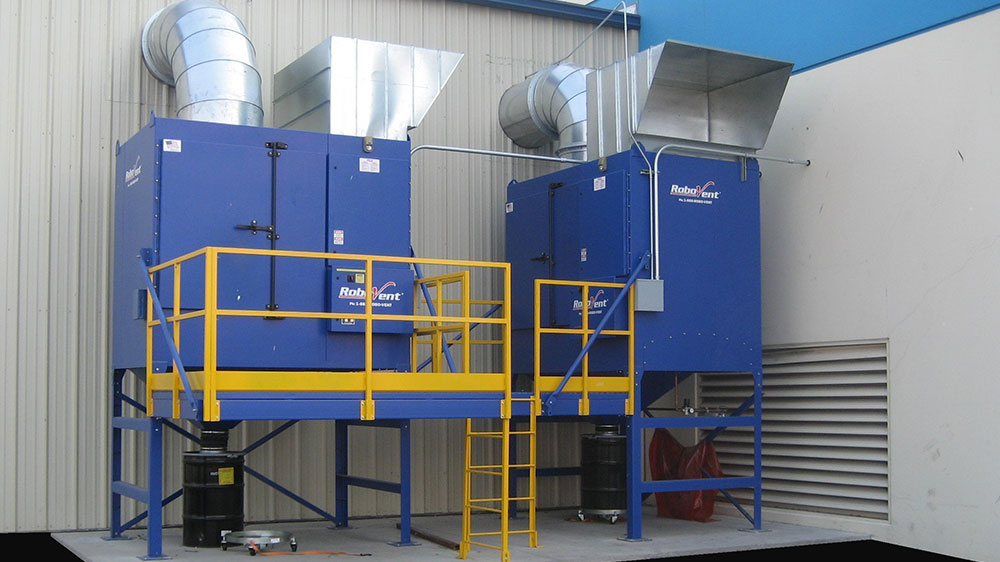Winterizing Your Outdoor Dust Collector and Filters
Is your dust collector located outside your facility? If the answer is yes, there are a few steps you should take each fall to make sure your dust collector is ready for colder weather. Winterizing your dust collector will protect your filters and pulsing system and reduce wear and tear on your dust collection system in the winter months.
Here are six easy steps to take in the fall to winterize your dust collector.
- Check your dust collector filters before freezing weather sets in. If they are near loading capacity, change them now, so you are heading into the winter months with fresh filters. No one wants to be changing dust collector filters in freezing weather or a winter storm!
- Make sure your dust collector’s pulse pressure is set according to specification (typically 80–90 PSI).
- Check that your dust collector pulsing perimeters are set according to specification. Typically, “on time” is 150 milliseconds and “off time” is 10–15 seconds. Pulsing too frequently may not allow the compressed air tank to refill, reducing pulsing efficiency.
- If you are in a region that experiences severe cold, consider insulating your dust collector walls or even installing heating elements in the hopper and housing. This will prevent build-up of condensation inside the dust collector.
- Prevent condensation and ice crystals from forming within your pulsing system compressed air tubing and valves. Ice will prevent the filter pulsing system from functioning properly, reducing the life of your filters. You can prevent this by installing a water filter with an automatic drain or adding a dryer to your compressed air system. You can protect solenoid valves by installing a solenoid-valve heater.
- Perform any other recommended preventative maintenance for your dust collector before cold weather arrives. Make sure your dust collector is operating at peak performance before it is subjected to the added stresses of cold weather.
Taking these steps will extend your filter life and reduce the risk of unnecessary downtime in the winter months. You’ll thank yourself in January for taking these steps in the fall!
Contact Us With Your Questions!
SUBSCRIBE TO
BLOG UPDATES









